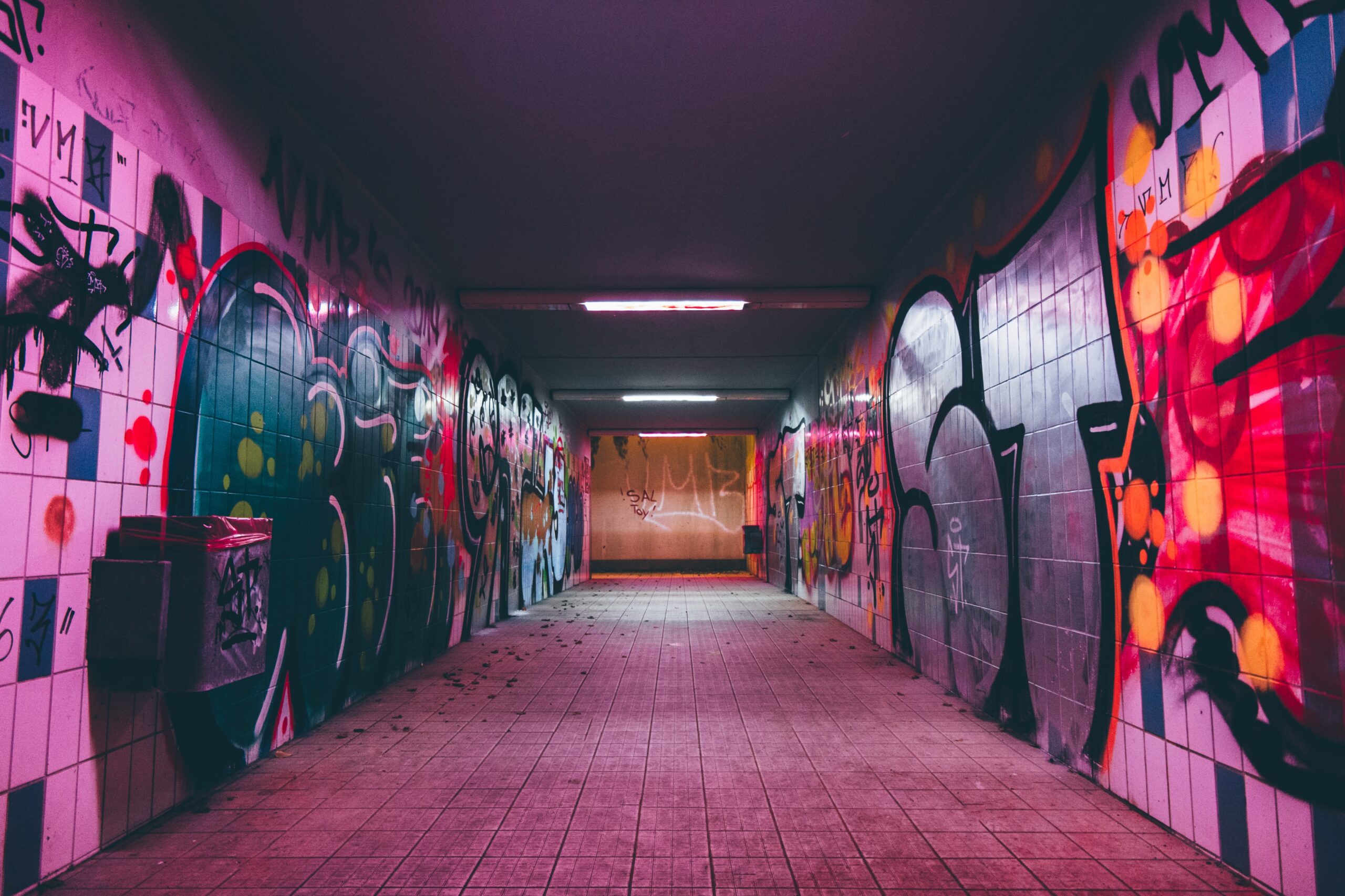Unveiling a Game-Changing Tool for Urban Designers and Planners
In a groundbreaking development, MIT’s City Form Research Group introduces the Urban Network Analysis (UNA) toolbox, revolutionizing the spatial analysis of cities. This cutting-edge tool empowers urban designers and planners to unravel the intricate spatial patterns of urban landscapes using advanced mathematical network analysis methods.
A Closer Look at UNA: Understanding the Dynamics of Urban Form
MIT researchers, led by Andres Sevtsuk, have developed the UNA toolbox, offering a comprehensive set of graph analysis measures within the familiar environment of ArcGIS. This innovative tool becomes a beacon for researchers and urbanists eager to delve into the factors influencing various attributes of urban form operation.
Beyond Social Networks: Applying Network Analysis to Urban Spaces
While network analysis is commonly applied in studying social networks like Facebook or phonebook connections, its utilization in spatial analysis of cities has been limited. The UNA toolbox bridges this gap, allowing city planners to compute computation-intensive spatial centrality measures on dense networks of streets and buildings.
UNA Toolbox Features: Elevating Urban Analysis to New Heights
- Geometry and Distances Integration: UNA considers geometry and distances in input networks, distinguishing between shorter and longer links in analysis computations.
- Three Network Elements: Unlike previous tools, UNA incorporates a third network element — buildings — offering a more nuanced spatial analysis. This enables different accessibility results for neighboring buildings on the same street segments.
- Building Weighting Option: UNA allows buildings to be weighted based on characteristics, such as volume or population, providing more accurate and reliable analysis outcomes.
Power-Packed Analysis Options: Redefining Urban Centrality
The UNA toolbox facilitates the computation of five key graph analysis measures on spatial networks:
- Reach: Estimates destinations reachable within a specified walking radius from each building.
- Gravity: Analyzes the accessibility of various amenities from each location.
- Betweenness: Quantifies the potential passersby at each building.
- Closeness: Examines how centrally each building is positioned in the urban environment.
- Straightness: Evaluates the ease of accessing different amenities from each location.
Future Perspectives: Shaping the Future of Urban Planning
With its open-source nature and seamless integration with ArcGIS, the UNA toolbox not only enhances our understanding of urban dynamics but also serves as a catalyst for more resilient and informed urban design and planning. As cities evolve rapidly, this innovative tool becomes an indispensable asset for designers, policymakers, and researchers striving to navigate the complexities of urban landscapes. The UNA toolbox is available for free download from MIT’s City Form Research Group website, opening doors to a new era in urban analysis.





